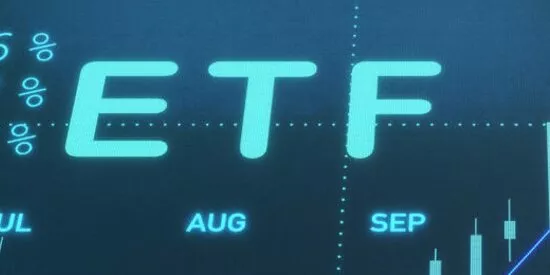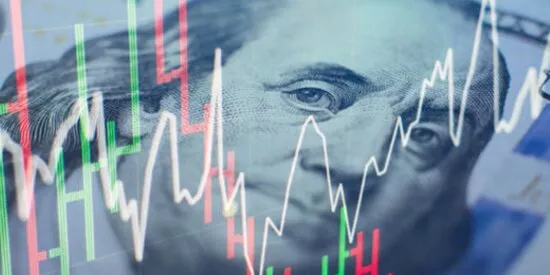
Swap
What is a swap?
A swap is a derivative product by which two parties enter a contract to exchange, or “swap,” a certain financial flow for another one, at predefined deadlines and according to predefined conditions. A swap will always be traded over-the-counter and there are no swaps on organized markets, which can pose problems in terms of counterparty risk. It is possible to make swaps in all kinds of asset classes, but the most common swap is the interest rate swap.
Interest Rate Swaps (IRS)
They are used to exchange fixed interest flows (such as those from a fixed rate bond) for income that is linked to a floating rate instrument. There are therefore two counterparties in an interest rate swap: a fixed-rate payer (who is said to be paying the swap) and a floating-rate payer (said to be receiving the swap, since he or she is the one receiving the fixed-rate portion of the contract).
Indebted companies in particular use IRS hoping to mitigate the risk that the interest rate on their debt could increase. By receiving the variable rate and paying the fixed rate in the swap, companies can hedge themselves against a rate increase. On the other hand, by switching to a fixed rate, this same company will not benefit from any potential decline in interest rates, since its debt ratio is locked in by the swap.
The IRS uses the main benchmark indices for variable rates, generally interbank rate indices
In Europe, the usual reference is EURIBOR (European Interbank Offered Rate). Until very recently, the benchmark in US dollars or pounds sterling was LIBOR (the London Inter Bank Offered Rate). As of Jan. 1, 2022, dollar and pound LIBOR are no longer calculated. In the United States, the new benchmark is the SOFR (Secured Overnight Financing Rate) and in the U.K. it is the SONIA (Sterling Overnight Index Average).
Since swaps are traded over-the-counter, it is necessary to set the terms of each contract in a document that will specify all the details of the future exchanges. The contract usually used is the ISDA (International Swaps and Derivatives Association) contract and should therefore include the following elements:
- the schedule of the swaps;
- the maturity of the swaps;
- the fixed interest rate;
- the starting date;
- the variable-rate reference;
- the nature of the underlying asset;
- the nominal amount of the contract;
- the calculation bases for the fixed and floating rates.
An example of an IRS
Company ABC obtained a variable rate loan a few years ago because it was expecting interest rates to fall. This rate decrease has been realized and ABC’s expectation is now that rates will start to increase. It would like to change the indexation of its indebtedness.
Another company, XYZ, is indebted at a fixed rate. It anticipates a further decline in interest rates and would prefer to be indebted at a variable interest rate.
The two companies, ABC and XYZ, enter into an interest rate swap which allows them to exchange their payment indexes. In this example, ABC is the party that will pay the swap, while XYZ will receive the swap.
Our latest news and insights

Insights from Sébastien Lemaire, Head of ETF Research at Societe Generale.

Osprey Charging is contributing to the energy transition through the rapid roll out of their EV charging infrastructure....

Hatem Mustapha and Francisco Oliveira are co-heading Societe Generale Global Markets business. Together, they answered...